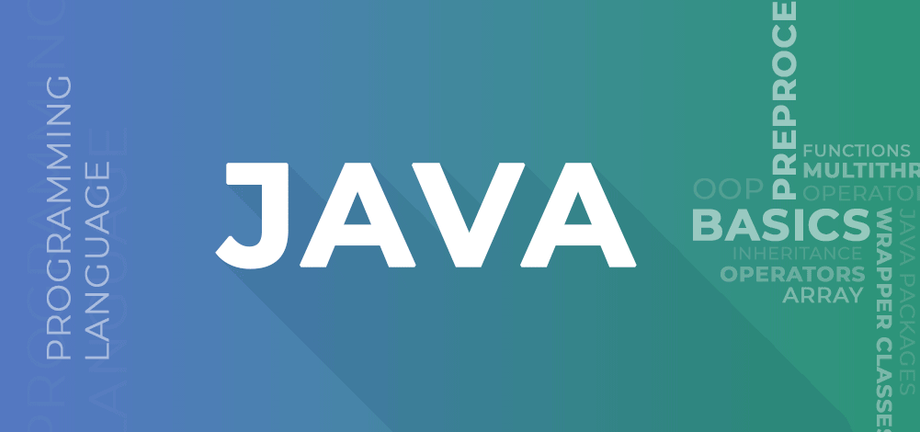**Exploring the New Features in Java 17**
Java, the venerable programming language that has been the cornerstone of countless software projects, continues to evolve with each new release. Java 17, the latest iteration at the time of writing, brings forth a slew of new features and improvements that enhance the language's capabilities and developer productivity. In this article, we will take a tour of the most notable additions in Java 17 and explore how they can impact your development workflow.
**1. Sealed Classes and Interfaces:**
One of the significant enhancements in Java 17 is the introduction of sealed classes and interfaces. This feature allows you to control which classes can extend or implement a sealed class or interface, thereby promoting tighter control over class hierarchies and preventing unwanted subclassing. By specifying which classes are permitted to extend or implement a sealed type, developers can create more maintainable and secure codebases.
**2. Pattern Matching for switch:**
The switch expression, introduced in Java 12, has received an upgrade in Java 17 with pattern matching. This enhancement simplifies code by allowing you to combine pattern checks and assignment operations directly within the switch statement. This not only reduces boilerplate code but also improves code readability and maintainability.
**3. Foreign Function & Memory API (Incubator):**
Java 17 introduces the Foreign Function & Memory API as an incubator feature. This API enables Java code to interact directly with native code and memory, opening doors for more efficient integration with libraries written in other languages like C and C++. While still in the incubator stage, this feature holds promise for improving performance-critical parts of Java applications.
**4. Sealed Classes and Records:**
Building upon the concept of sealed classes, Java 17 introduces the ability to declare a record class as sealed. This ensures that only specific classes can be used as subclasses of the record, enhancing data integrity and encapsulation while maintaining the convenience of record classes for immutable data.
**5. Deprecating and Removing Outdated Features:**
Java 17 continues the effort to streamline and modernize the language by deprecating and removing outdated features. Notably, several deprecated APIs have been removed, encouraging developers to migrate to newer alternatives. This practice helps keep the language focused on more efficient and maintainable constructs.
**6. Strong encapsulation of internal APIs:**
Java 9 began the process of modularizing the JDK and enforcing stronger encapsulation. Java 17 further refines this process by enforcing encapsulation on internal APIs that were previously accessible. This enhances the security and stability of Java applications by preventing unintended dependencies on internal JDK implementations.
**7. Foreign Function Interface (FFI):**
Java 17 introduces the Foreign Function Interface, which allows Java code to call native libraries without relying on Java Native Interface (JNI). This new interface simplifies native library integration, making it easier to work with external code and improving the overall development experience.
In conclusion, Java 17 brings an array of features that elevate the language to new heights. From sealed classes and pattern matching for switch expressions to enhanced foreign function interaction and improved encapsulation, the Java development landscape continues to evolve. As a developer, embracing these new features can lead to more robust, maintainable, and efficient codebases. Keep an eye on Java's evolution, as it paves the way for even more exciting possibilities in the world of software development.

